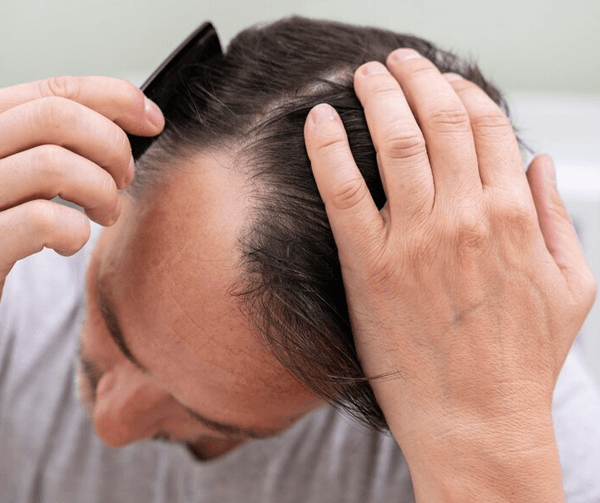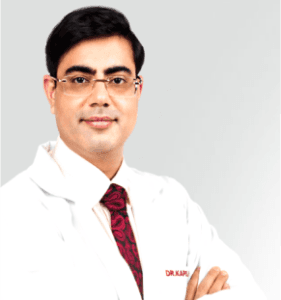For most people, their hair is one of the most important aspects of their personality and hair loss is something that affects most people. As is normally seen, the moment people start noticing more hair on their pillows, combs and towels, they start assuming the worse – that they will soon go bald. While this might not be the case in most situations, for many, this is true and they do end up with a completely bald head, or at the least, massive bald spots.
People, who have lost their hair, are constantly on the lookout for methods by which they can gain their hair back. Having understood the pain of such people, a growing number of scientists, doctors and laboratories are working towards finding new methods of restoring lost hair or even growing new ones. Tissue engineering and hair cloning are just some of the fields in which new developments are being made constantly.
Actually, both hair cloning and tissue engineering are connected and are terms that are often used to describe methods by which numerous hair follicles can be created using a single follicle. Technically, cloning is the process by which genes are injected into a cell and all the resultant cells also have the same genetic structure. So, for instance, a gene is created for a protein A; the cells that are created from the process will also create the same protein A. Since the result of the process is the same, it is referred to as cloning. When every gene that is required for the creation of an individual organism is used, the entire organism is said to have been ‘cloned’ (an example being Dolly the lamb).
However, when we talk about the same in the context of hair, we are talking about using one single hair follicle to create several hundreds of hair follicles, it is not exactly cloning; rather, it is tissue engineering, more commonly recognised as cell therapy. Tissue engineering tends to go above and beyond the limits of tiny cells. Cells can actually be isolated and nurtured outside the organism, in a laboratory. However, the cells will have to be kept in special cultures or medium, where the amount of oxygen and other natural elements has to be constantly monitored.
Tissue engineering or cell therapy is the process wherein these very cultured cells are harvested and then injected into the person, in a manner that is in keeping with the condition at hand. Several cases have been reported and recorded, where people who have suffered from massive burns have been able to have new skin, because the same was grown in a lab. So, in the same manner, if the cells taken from a hair follicle could be reproduced under laboratory conditions, they could theoretically be placed back onto a balding person’s scalp.
As a matter of fact, when this procedure was tried out on rats, the results were more than promising. Recent studies have shown that the same will work on humans as well, which is why more validations and tests are being conducted. Even though the research of using this science on humans in still in its preliminary stages, there is certainly a lot of hope for the future!
There are however a few obstacles in the way and one of the biggest one is the maintaining the character of the newly grown hair. Scientists who are working in this field are still not sure that the new cells that are being engineered will provide the same colour, texture and length as the original hair. Should this not happen, people with severe hair loss might have two sets of hair on their head!
In addition, there is also worry related to the direction of the hair growth. Since it is cells and not hair that is being implanted, there is no telling, which direction the new hair will take. Normally, when a hair transplant is done by taking donor hair, the surgeon will take extra care to ensure that the donor hair is being transplanted in the same direction as the existing hair, but unfortunately, cells might not be able to recognise such minute details. If tissue engineering is not able to produce or yield natural looking hair that goes in tandem with the existing ones, the entire process would have proven truly futile.
Then there are also several concerns about how safe tissue engineering and cell therapy will be in such cases. The most major of these concerns is that when cultured cells are placed back into the body, they could lead to the creation of tumours. The Food and Drug Administration (FDA) has raised major concerns in this direction, which is why scientists working in this field have not even raised appeals for grants, which would allow human testing. However, once any team is able to establish that cell therapy for hair regrowth will not lead to any tumour formation, getting a green light from the FDA should prove easy. While finding human subjects for the clinical trial of such therapies should not be too tough a task, it will be up to the scientists to ensure their health and wellbeing.
Today, tissue engineering is helping people suffering from serious conditions such as cancer, Parkinson’s disease, arthritis, diabetes and even liver failure. There is no reason that soon, it will not become the answer to the problem of hair loss too!







